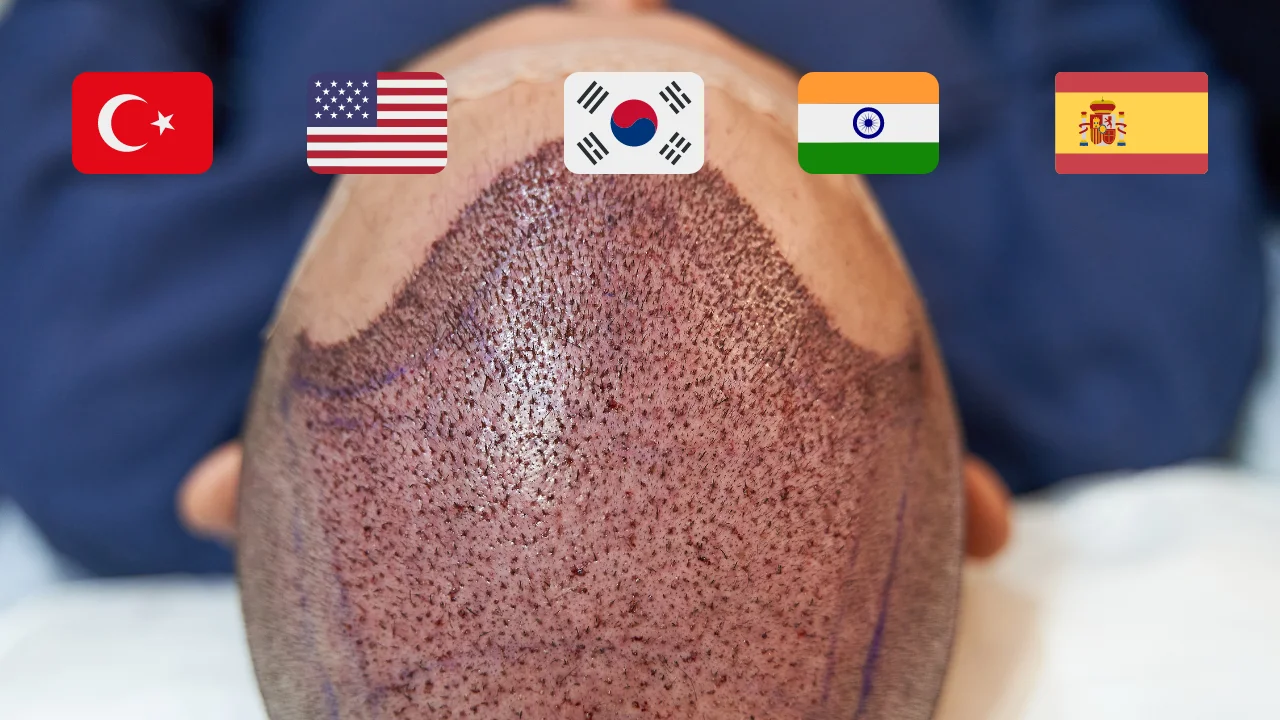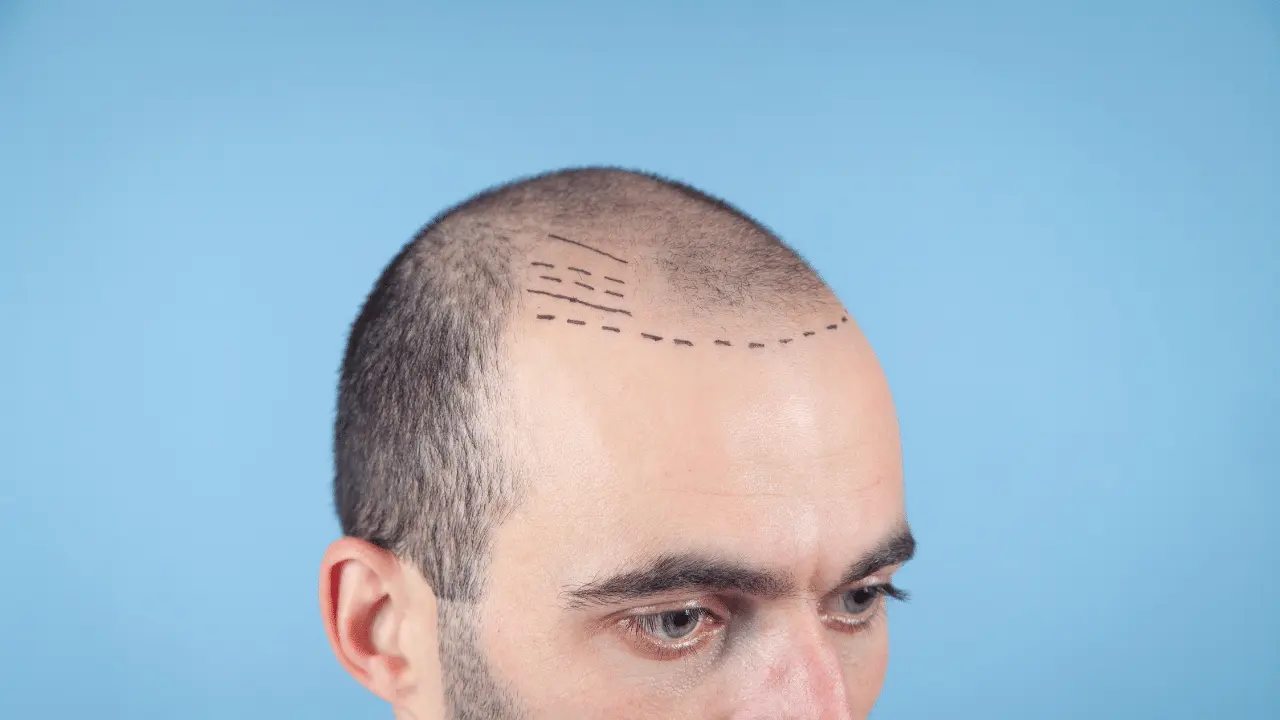Exploring the Future of Hair Transplantation: Innovations and Trends

In recent years, the landscape of hair transplantation has undergone a profound transformation, fueled by advancements in technology and a growing demand for aesthetic solutions. From robotic systems to personalized approaches, the industry is witnessing an exciting era of innovation that promises to redefine the field of hair restoration.
Table of Contents
The Rising Market
The global hair transplant market is experiencing unprecedented growth, with projections indicating a staggering increase from USD 6.9 billion in 2023 to approximately USD 38.8 billion by 2032. This growth, driven by factors such as increasing prevalence of hair loss and a heightened emphasis on appearance, underscores the expanding scope of the industry.
Technological Advancements
One of the most notable trends shaping the future of hair transplantation is the integration of robotic systems into surgical procedures. These advanced systems, equipped with sophisticated imaging technology and artificial intelligence algorithms, offer unprecedented precision and accuracy in harvesting and transplanting hair follicles. Robotic transplantation not only reduces the likelihood of human error but also enhances the overall success rates of procedures.
Non-Surgical Innovations
In addition to surgical options, non-surgical approaches to hair restoration are gaining momentum. Techniques such as platelet-rich plasma (PRP) therapy, low-level laser therapy (LLLT), and microneedling are revolutionizing the field by stimulating hair growth and improving hair density without the need for invasive procedures. These non-invasive modalities provide viable alternatives for individuals seeking less intrusive solutions.
Stem Cell Therapy
Stem cell therapy represents a cutting-edge frontier in hair restoration, harnessing the regenerative potential of stem cells to stimulate hair growth. By leveraging the body’s own healing mechanisms, stem cell therapy offers a promising avenue for enhancing the efficacy of hair transplant procedures and developing novel treatments for hair loss.
Personalized Approaches
Advancements in genetic testing and a deeper understanding of hair loss mechanisms have paved the way for personalized treatment strategies. By tailoring hair transplant procedures and associated treatments to individual genetic profiles, practitioners can achieve more targeted and effective therapeutic outcomes, ensuring personalized care for each patient.
Industry Insights
Recent developments within the hair transplant industry highlight a commitment to innovation and excellence. From strategic partnerships to the introduction of organic product lines, industry players are continually striving to enhance patient outcomes and experiences.
Conclusion
In conclusion, the future of hair transplantation is filled with promise and possibility. With emerging trends such as robotic systems, stem cell therapy, and personalized approaches, the industry is poised for continued growth and innovation. As technology continues to advance and our understanding of hair loss deepens, the prospects for effective and aesthetically pleasing hair restoration solutions have never been brighter.
FAQ’s About Future of Hair Transplantation
What are the emerging trends shaping the future of hair transplantation?
The future of hair transplantation is being shaped by innovations such as robotic systems, personalized treatment approaches, stem cell therapy, and non-surgical options like platelet-rich plasma (PRP) therapy and low-level laser therapy (LLLT).
How effective are robotic hair transplant systems compared to traditional methods?
Robotic hair transplant systems offer enhanced precision and accuracy in harvesting and transplanting hair follicles, leading to improved outcomes and reduced risk of human error. They represent a significant advancement in the field, promising superior results for patients.
Are there non-surgical alternatives for hair restoration on the horizon?
Yes, non-surgical alternatives such as stem cell therapy and advanced PRP treatments are gaining traction in the field of hair restoration. These therapies harness the body’s natural healing mechanisms to stimulate hair growth and improve hair density without the need for invasive surgery.
What role do personalized treatment approaches play in the future of hair transplantation?
Personalized treatment approaches, guided by genetic testing and a deeper understanding of hair loss mechanisms, hold promise for tailoring hair transplant procedures to individual patient needs. This customization can lead to more targeted and effective outcomes for patients.
How do advancements in donor hair management contribute to the future of hair transplantation?
Innovations in donor hair management, such as long-hair transplantation and robotic harvesting techniques, are improving the efficiency and precision of follicle extraction. By optimizing donor hair usage and minimizing scarring, these advancements enhance the overall quality of hair transplant procedures.



